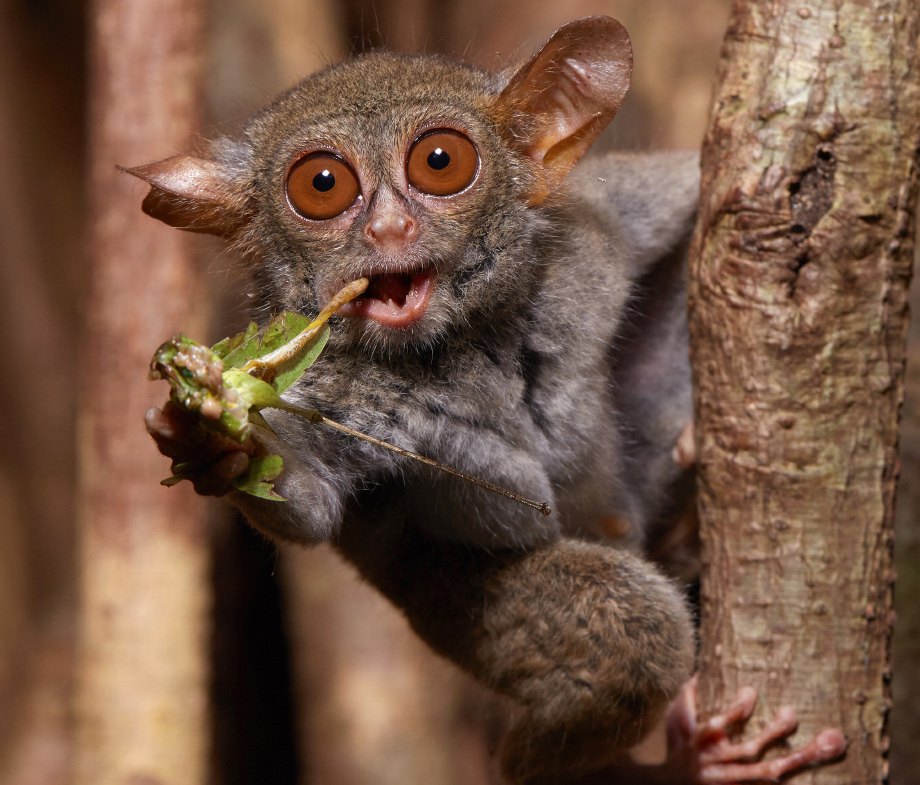
Early mammals ate insects until the dinosaurs died off
Our early mammalian ancestors were very fond of insects and today, researchers have discovered ancient enzymes in our genes, one still active, that specifically aid in breaking down the tough outer skeleton of insects while eating them.
The study, conducted by researchers from the University of Berkley, sheds insight on how early mammals shifted their diet after the dinosaurs died out and delves into the evolutionary history of enzymes that developed specifically to aid in the digestion of different foods.
The results were published in the journal Science Advances.
First, the researchers analyzed the genomes of 107 different species of mammals and found enzymes that would have helped our digest insects in almost all of the mammal genomes.
This led the researchers to theorize that early mammals, alive 66 million years ago, were mostly insectivores and we carry the evidence in our own genomes today.
“It is a signature in your genome that says, once upon a time you were not the dominant group of organisms on Earth,” said Christopher Emerling, a member of the research team. “By looking at our genomes, we are looking at this ancestral past and a lifestyle that we don’t even live with anymore.”
The outer shell of insects is made up of a tough carbohydrate called chitin and the enzymes that break it down are called chitinases. Humans have a chitinase gene, which makes sense because many humans still eat insects as part of their diet today.
However, the researchers also found the remnants of three other inactive chitinase genes in the human genome. The team traced five different chitinase enzymes to a large group of mammals.
In order to find out which chitinase enzymes were still active, the researchers used a database of animal genomes and the newly sequenced genomes of armadillos.
The more insects in an animal’s diet, the more active chitinase enzymes it has.
“The only species that have five chitinases today are highly insectivorous, that is, 80 to 100 percent of their diet consists of insects,” said Emerling. “Since the earliest placental mammals likely had five chitinases, we think that this makes for a strong argument that they were highly insectivorous.”
The results of the study align with previous paleontology studies showing that the shape of skulls and teeth from early mammals meant that they ate mostly insects.
Early mammals were insectivores but when the dinosaurs died off 66 million years ago, diets quickly shifted to match what many species typically eat today.
Without the food competition from the dinosaurs, mammals could expand their diets to meat and plant-based, and the first carnivorous and herbivorous mammals arose within 10 million years of the extinction of the dinosaurs.
The study shows how our diets can be imprinted in our DNA and shed insight into the role insect enzymes played in early mammal diets before the mass extinction of the dinosaurs.
“This is suggesting that there are a lot of these enzymes that might be helping organisms digest their food,” said Emerling. “This goes from being a simple curiosity – humans have a chitinase, how cool! – to being something that can help us understand how different animals are adapted to their specialized diets.”
—
By Kay Vandette, Earth.com Staff Writer
Image Credit: Quentin Martinez












